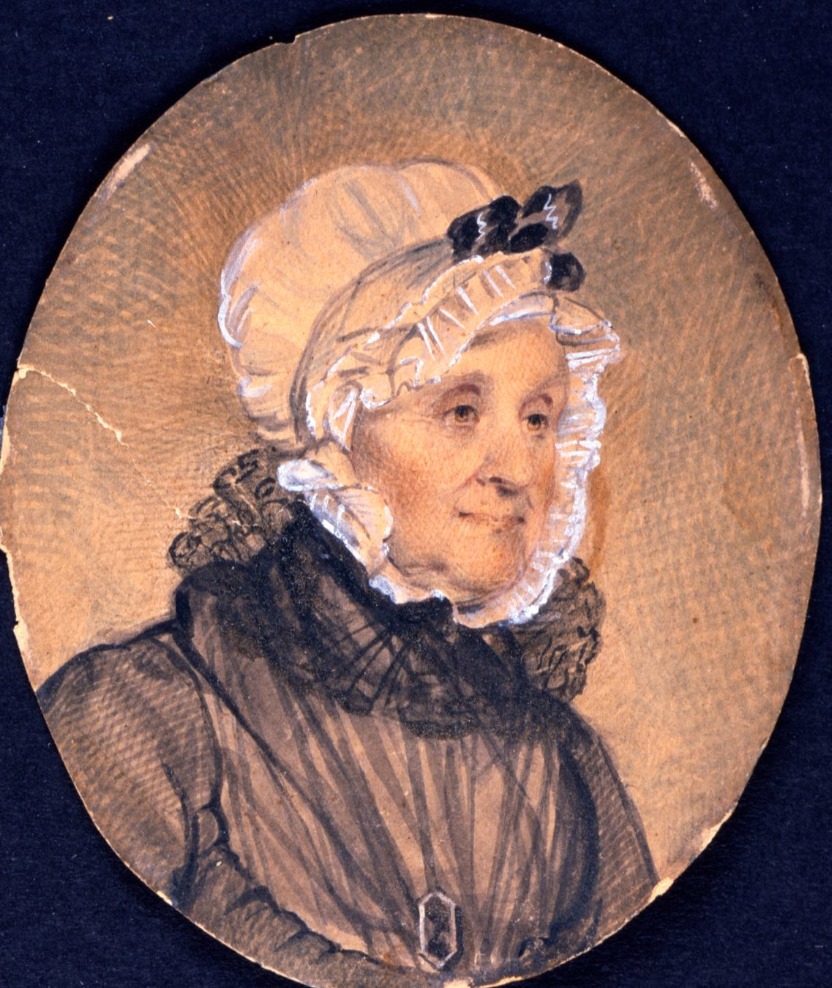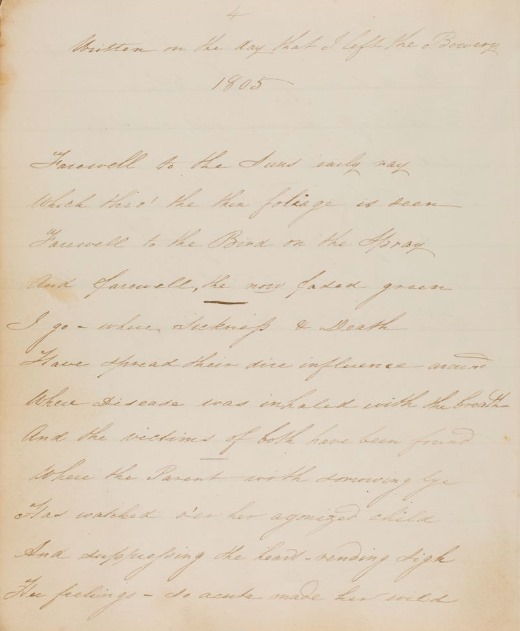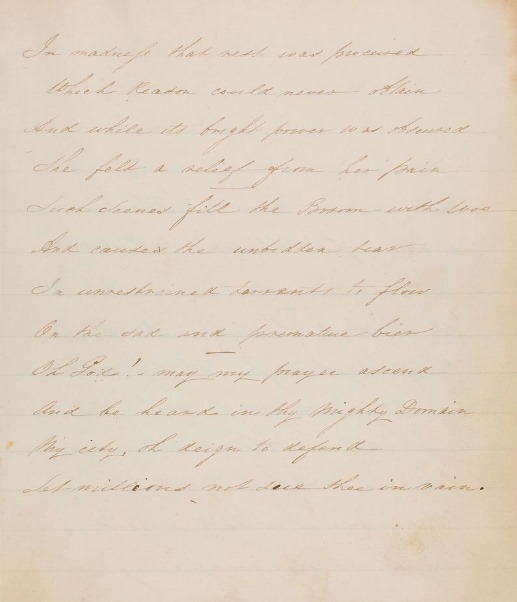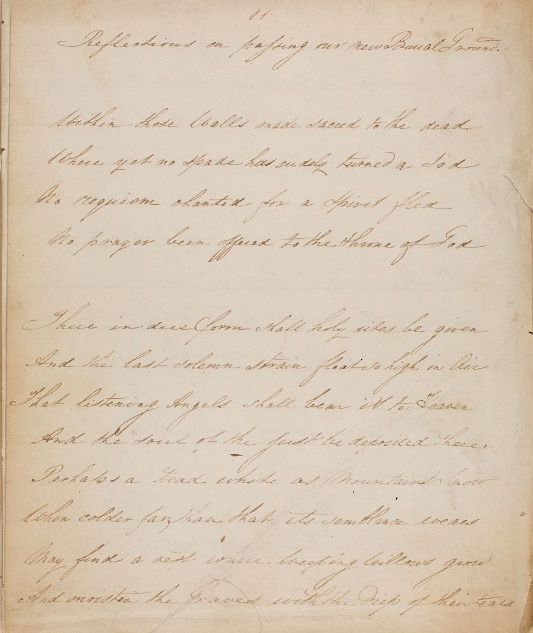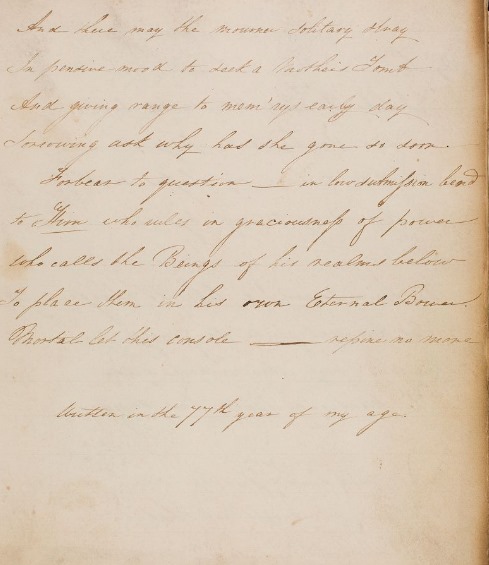Alyssa Feigelson (3.30)
In his article “Rarely Kosher: Studying Jews of Color in North America” from the Journal of American Jewish History, Lewis Gordon establishes common misconceptions about the complicated nature of the concept of race, especially as it relates to Jews. However, since his article plans on discussing the experience of Jews of Color, he attempts to give a brief history of Jews as a racialized group, for context of how Jews and Jews viewed as being “of Color” experience the world as an ethnic minority. The significance of this study is evident in Gordon’s claim that there is “reluctance to conjoin discussions of Jews with discussions of race” (105). He attempts to prove that while there is reluctance, due to the uncomfortable nature of addressing the history of racial prejudice, it is crucial to understanding how Jews interact with the concept of race.
In his case studies, Gordon acknowledges that he cannot cover every community of Jews across the world that might be considered “Jews of Color” and instead chooses to focus on Africa and the Caribbean in order to “offer insight into the situation in other parts of the globe” (107). This lends a strength his article, because it allows audiences to understand in advance potential shortcomings and understand that this is not a full view, but a look at a microcosm of a larger phenomenon. Another strong part of Gordon’s essay is found in his discussion of the origin of Jewish “whiteness.” Rather than claiming Jews as a group were originally white, or became white due to generations of assimilation, Gordon proposes an interesting alternative that accounts for the “dual identities as Jews and as members of their particular empires” (110). He looks at how subjective the concept of race is, based not only on skin tones but politics.
The most confusing part of Gordon’s article, for me, was some of the methodological jargon that I found difficult to follow. For example, he discusses an issue of “disciplinary decadence,” which he defines as when “practitioners deify their disciplines and treat their methodologies as all encompassing or godlike in scope” (107). Neither the term nor the definition are easily understood, and could have benefitted from some clearer language. His conclusion, as well, is short and does not offer a summation or takeaway from his case studies.
Despite these shortcomings, overall Gordon’s article is well-written and offers an insight into an area of Jewish history that is often overlooked and still affects many in the Jewish community today. As he states in his conclusion, acceptance of Jews of Color today “depends on the hospitability of congregations and the commitment of rabbis” (116). This proves only more that we as Jews need to study the history he presents, and learn from it for ourselves and for the strength of our community.

